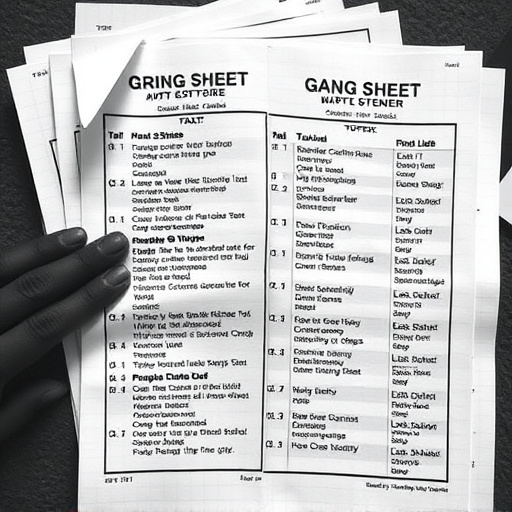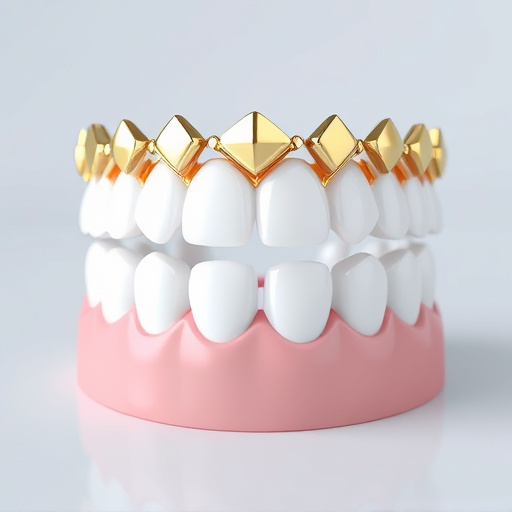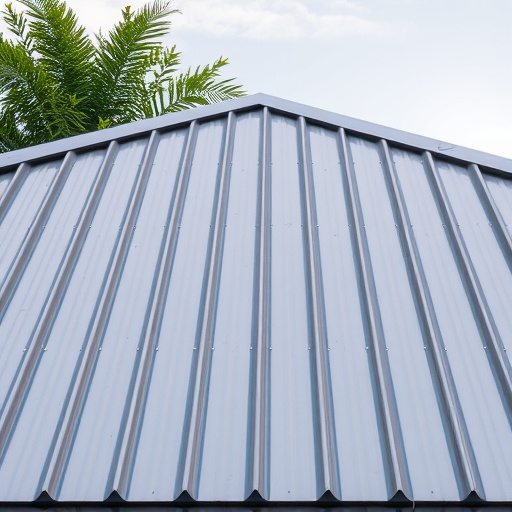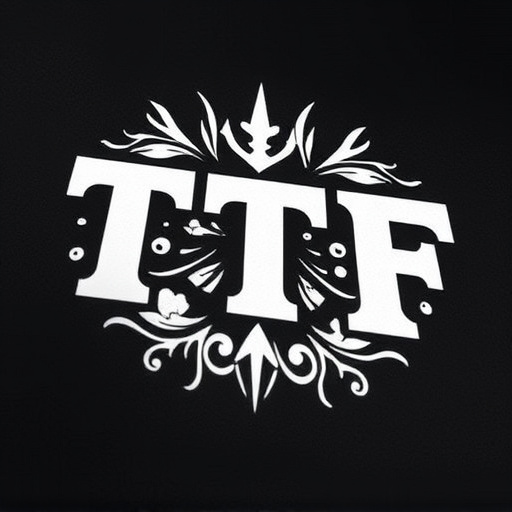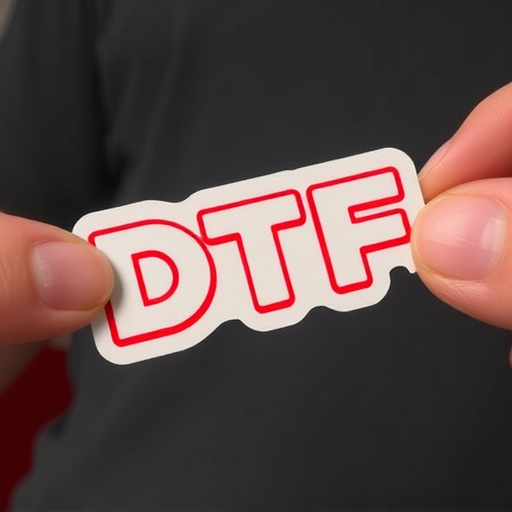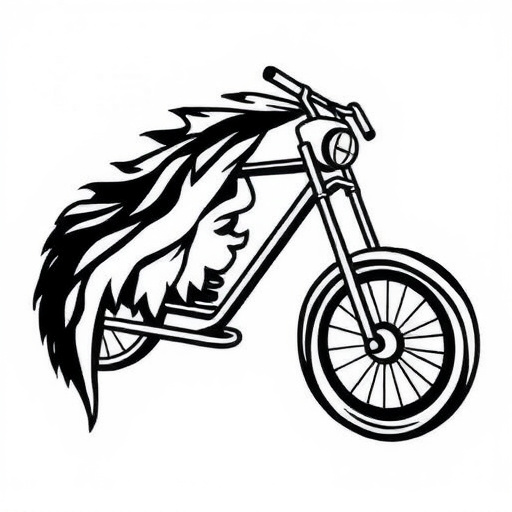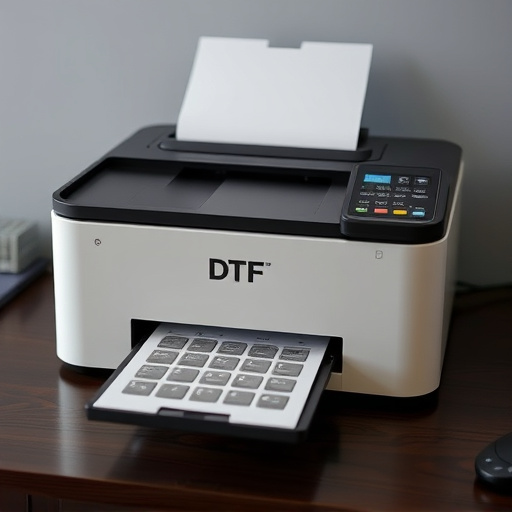DTF (Direct-To-Film) transfers streamline ready-to-press printing workflows, offering customization, enhanced efficiency, reduced costs, and high-quality results. By uploading gang sheets, selecting compatible presses, and calibrating for color matching, businesses can automate their printing processes, eliminating manual labor and human error while optimizing resource utilization for short-run projects.
Automating workflows can significantly enhance productivity and efficiency in today’s fast-paced digital landscape. One powerful tool making waves is the DTF (Data Transfer Function) Transfer Ready to Press. This innovative technology streamlines processes by facilitating seamless data movement between systems, eliminating manual errors, and saving valuable time. By understanding the intricacies of DTF Transfers and their benefits, businesses can unlock new levels of operational excellence. This article explores these advantages and provides a step-by-step guide to implementing this game-changing automation method.
- Understanding DTF Transfers: A Simple Yet Powerful Tool for Automation
- Benefits of Implementing DTF Transfers Ready to Press
- Step-by-Step Guide: Automating Your Workflow with DTF Transfers
Understanding DTF Transfers: A Simple Yet Powerful Tool for Automation
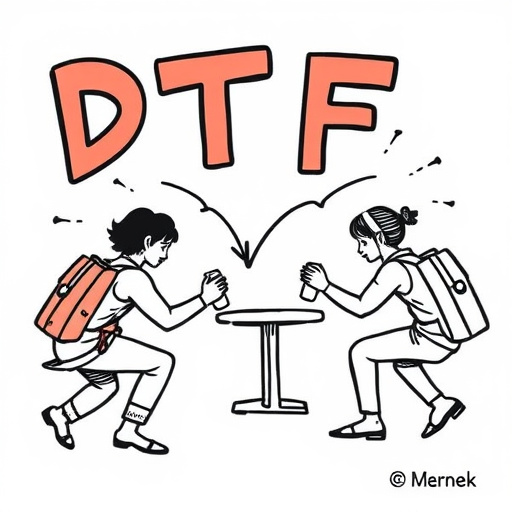
Understanding DTF Transfers is key to unlocking the potential of automating workflows, especially when it comes to ready-to-press applications. These transfers, often referred to as DTF film or dtf artwork transfers, are a simple yet powerful tool that revolutionizes the way we handle digital designs. By using DTF technology, designers and printers can efficiently bridge the gap between digital creation and physical printing, making the process seamless and accurate.
The beauty of DTF lies in its versatility. It allows for precise and direct transfer of digital artwork to various surfaces, ensuring that every detail is maintained. This method is particularly advantageous for complex designs, as it eliminates the need for manual labor and reduces human error. With clear dtf application instructions, users can easily integrate this process into their workflow, fostering productivity and quality in equal measure.
Benefits of Implementing DTF Transfers Ready to Press
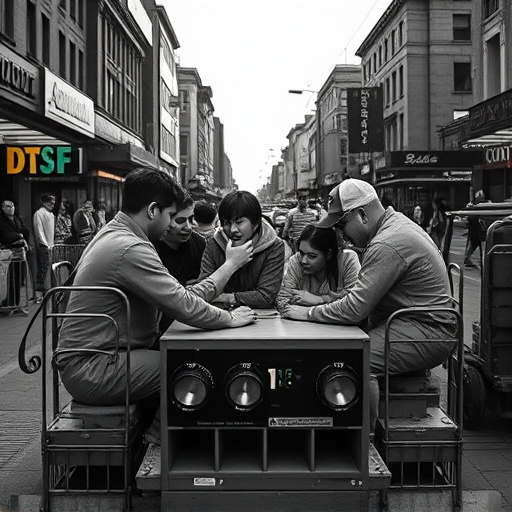
Implementing DTF (Direct To Film) Transfers Ready to Press offers a multitude of benefits for businesses looking to streamline their workflows and enhance efficiency. One of the key advantages is the ability to upload your own gang sheet, enabling precise customization and control over the transfer process. This feature ensures that each job is tailored to specific requirements, resulting in faster production times and reduced waste.
Additionally, DTF transfers are cost-effective solutions for various printing needs. Unlike traditional methods, they eliminate the need for intricate setup processes, thereby minimizing labor costs. With DTF, you can achieve high-quality prints at a fraction of the usual expense, making it an attractive option for businesses aiming to optimize their spending while maintaining top-notch output quality. This technology is particularly beneficial for short-run printing projects, allowing companies to efficiently manage their resources without compromising on results.
Step-by-Step Guide: Automating Your Workflow with DTF Transfers
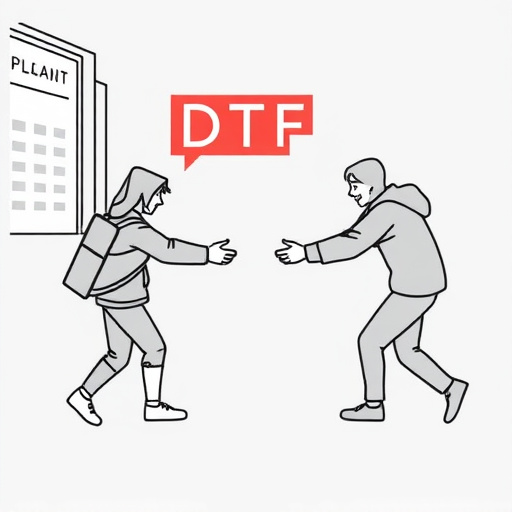
Automating your workflow with DTF (Direct to Forme) transfers ready to press is a straightforward process that can significantly streamline your printing operations. Here’s a step-by-step guide on how to make this technology work for you:
1. Prepare Your DTF Artwork Transfers: Start by ensuring your artwork is in the correct format and resolution for DTF transfers. Most platforms offer templates or guidelines to help you design your file perfectly. Make sure your designs are crisp, clear, and ready for printing. Upload your own gang sheet if needed, allowing for precise color matching and layout control.
2. Select Your Press and Set Up the DTF System: Choose a press compatible with DTF technology. This could be a traditional printing press or a modern digital press. Install the necessary hardware components, including the DTF applicator, to ensure smooth transfer of your artwork onto the print medium. The setup process usually involves calibrating the press and configuring the software settings for optimal results.
Once your system is ready, you can begin automating your workflow. DTF transfers offer a cost-effective solution, eliminating the need for intricate set-up and plate costs, making it an ideal choice for both small businesses and large enterprises looking to enhance their printing efficiency.
Automating workflows with DTF Transfers Ready to Press is a game-changer for businesses seeking efficiency. By leveraging this simple yet powerful tool, organizations can streamline operations, reduce manual errors, and increase productivity. The implementation process, detailed in our step-by-step guide, ensures a smooth transition towards a more automated future. Embrace the benefits of DTF Transfers Ready to Press and watch your business processes transform into a well-oiled symphony of enhanced productivity and optimized workflows.
